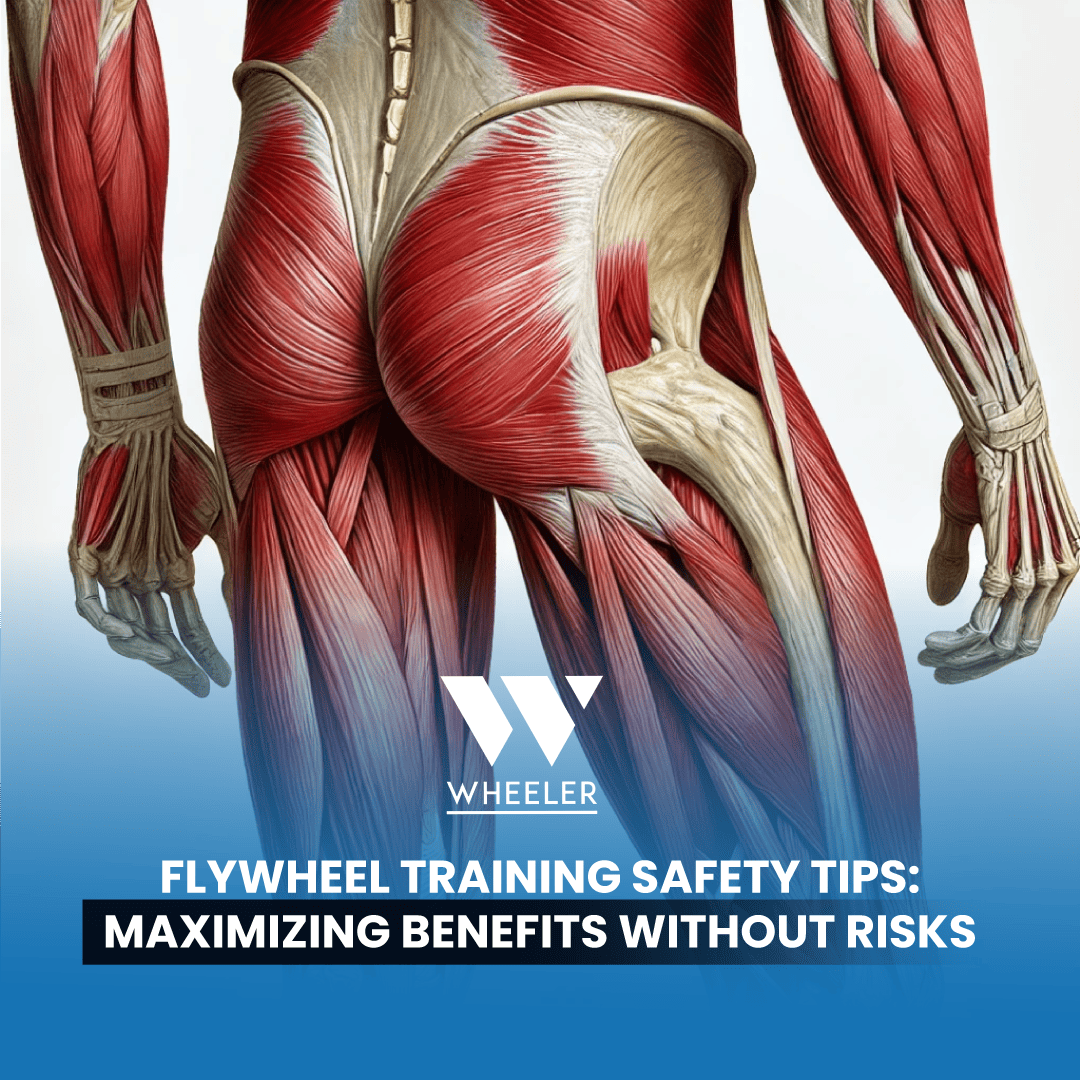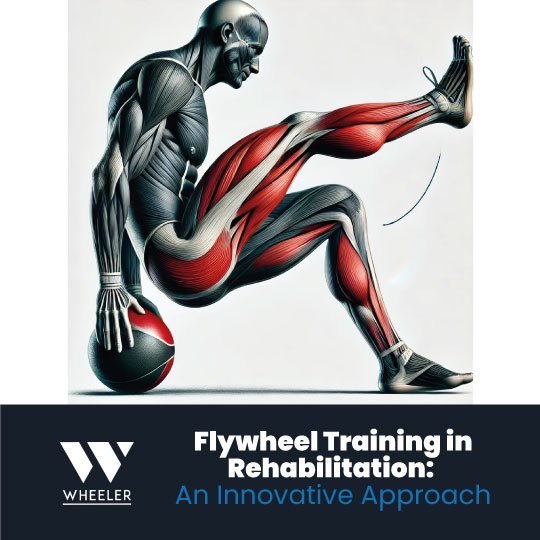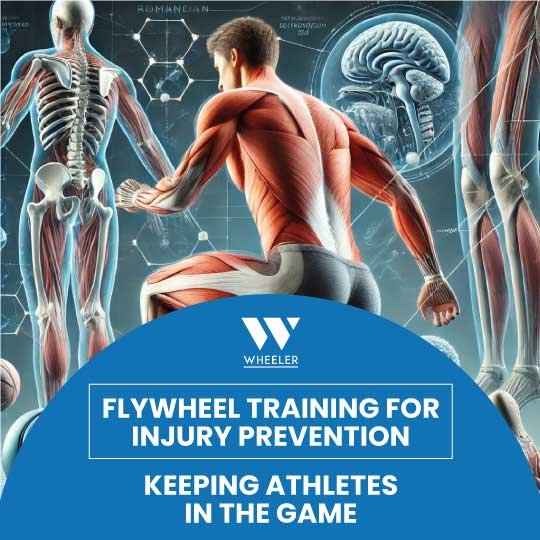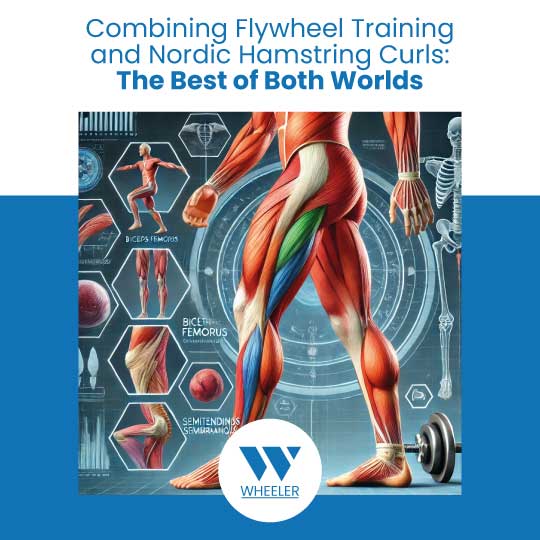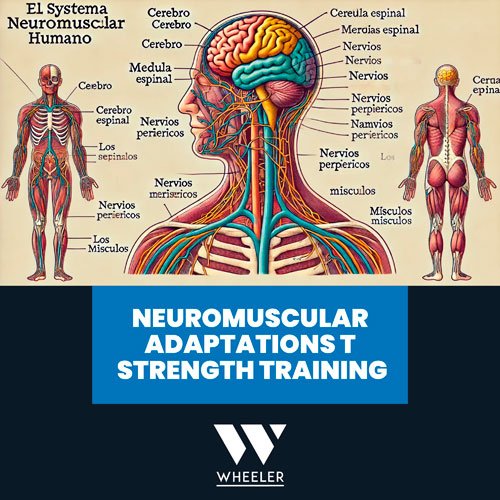Hello Coaches, Flywheel training is one of the most effective methods for building strength, improving performance, and preventing injuries. However, as with any powerful tool, improper use of flywheel machines or flywheel workout machines can lead to reduced effectiveness or even injuries. To ensure your athletes get the most out of their flywheel resistance training […]
Hello Coaches, Rehabilitation is a critical phase for athletes recovering from injuries, as it determines how quickly and safely they can return to their sport. Flywheel training has emerged as a versatile and effective tool for rehabilitation, offering customizable resistance through flywheels and pulleys to target specific muscle groups. This flywheel workout machine not only […]
Hello Coaches, Hamstring injuries are a persistent challenge in sports that require high-speed running, sudden stops, and quick direction changes. These injuries not only take athletes off the field but also pose a high risk of recurrence. Flywheel training, using advanced flywheel machines like the Wheeler Jump, has emerged as a powerful method to prevent […]
Flywheel Training for Sports Performance: Wheeler Jump, Gym, and Tech for Strength and Safety Coaches, if you’re aiming to elevate your athletes’ results, integrating flywheel training can make a difference. The Wheeler Sports Tech solutions, including the Wheeler Jump and Wheeler Gym, offer dynamic resistance for eccentric strength and muscle architecture improvement. This method helps […]
Hello Coaches, When it comes to strength training, the debate between flywheel devices and traditional weights has been gaining traction in recent years. While both methods are effective for building strength and performance, flywheel training offers unique benefits that traditional weights cannot replicate. In this article, we’ll compare the two approaches, explore their advantages and […]
Combining Flywheel Training and Nordic Hamstring Curls: The Best of Both Worlds Hello Coaches, Flywheel training and Nordic Hamstring Curls (NHC) are two of the most effective tools for improving hamstring strength, increasing fascicle length, and preventing injuries. While each method has its unique strengths, combining them can provide complementary benefits, creating a well-rounded […]
How Flywheel Training Can Help Overweight Children Build Strength and Confidence Hi Coaches,Childhood obesity is one of the most pressing health concerns of our time, with nearly half of children in some regions facing issues related to excess weight. Strength training, particularly using tools like flywheels, flywheel workout machines, and eccentric machines, has emerged as […]
It’s common to hear that strength training can cause injuries, hernias, muscle tears, or even stunt growth. However, current scientific evidence debunks these beliefs: Impact on Growth: There’s no evidence that strength training negatively affects growth plates. On the contrary, it strengthens bones and improves bone mineral density, reducing the risk of fractures. Injuries: Injuries […]
Strength training is one of the most effective ways to improve physical performance, and its effects are not limited to muscle mass increase. One of the most interesting aspects of strength training is how the neuromuscular system adapts to these stimuli, enhancing the ability to generate force more efficiently. In this article, we will explore […]
Evaluation of Cushioning and Propulsion: A Comprehensive Approach for Physical Trainers and Physiotherapists In the field of sports performance, the evaluation of cushioning and propulsion is essential for enhancing athletic ability and ensuring injury prevention. These two mechanisms are critical for improving movement quality and minimizing the risk of injuries, especially in high-impact sports. Efficient […]


